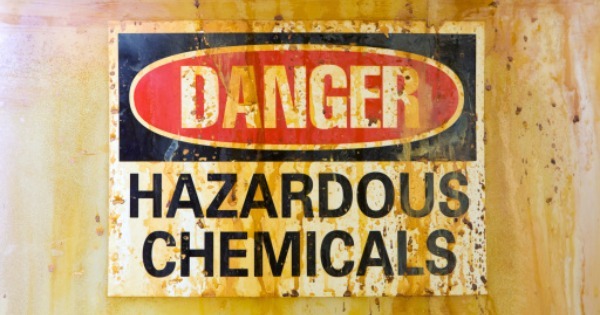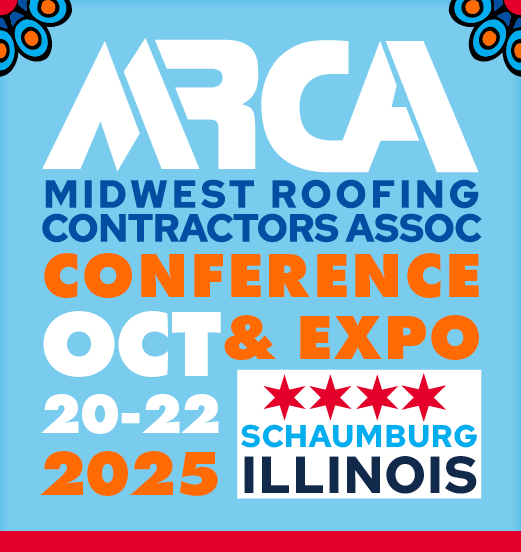Four Entry Points for Hazardous Chemicals

By Cotney Attorneys & Consultants.
Construction site employees need to understand the chemicals they may encounter at the worksite and the amount of exposure they might encounter.
There are chemicals present at virtually every worksite. Many of those chemicals are hazardous to humans, depending on the exposure. Know the potential routes of entry for chemicals on project sites.
There are four ways substances or chemicals can enter the human body. Those routes include absorption, inhalation, injection and ingestion.
Four routes of chemical entry
Absorption
Coming in contact with chemicals through the eyes or skin can result in irritation and redness or even severe destruction of tissue, even blindness. This is because eyes are susceptible to chemicals. In addition, some chemicals can go through the skin and get into the bloodstream, leading to numerous systemic problems in the organs.
Inhalation
Inhalation is the most common route of chemical entry into the human body. When inhaled, chemicals can be exhaled, or they can deposit in the respiratory system. If chemicals come into contact with tissue in the lungs or upper respiratory tract, they can cause health issues ranging from simple irritation to severe destruction of tissue. Chemicals can also seep into organs that are sensitive to such agents.
Injection
Injection of chemicals into the body is uncommon but can occur. For example, if a sharp, contaminated object containing chemicals penetrates the skin, those chemicals can make their way into the bloodstream and damage tissues and organs.
Ingestion
Chemicals that inadvertently get into the body through the mouth and get swallowed do not generally harm the gastrointestinal tract unless they are corrosive or irritating. However, some chemicals can be absorbed by the gastrointestinal tract, where they then enter the bloodstream. Once chemicals reach the bloodstream, they can damage organs.
Safe practices for working around chemicals
Always be aware of the chemicals that may be present on a worksite, chemicals workers may encounter. Read the Safety Data Sheets to understand the proper handling procedures for chemicals and what to do if someone comes in contact with them.
When possible, eliminate chemical hazards at the worksite before employees begin their work. Never use extremely hazardous chemicals unless it is absolutely necessary. Try substituting a less hazardous chemical instead.
Use engineering controls for chemicals in the workplace. Such controls include barriers to create distance or a shield between the chemicals and the workers. Filters or ventilation, such as fans, are other engineering controls that may prove acceptable.
Always wear the appropriate and well-fitting personal protection equipment or PPE to protect against chemical exposure. PPE includes a face shield, respirators, goggles, chemical gloves and lab coats. These all create a barrier between the human body and the chemicals on site.
If workers do not practice good hygiene, they risk bringing chemicals home after the workday, which could expose family members to the risks. For example, if there is lead dust on the floor at the worksite, employees are walking in it. Once a worker goes home, they should remove shoes before walking into the house. Who wants their baby crawling across a carpet that contains lead dust? The lead dust brought in by contaminated shoes can be inhaled or ingested, leading to health problems for the exposed individual.
Always take preventive measures to limit exposure to chemicals at the worksite and avoid transferring it to employee homes.
Trent Cotney is an advocate for the roofing industry, General Counsel of the National Roofing Contractors Association (NRCA) and several other industry associations. For more information, contact the author at 866.303.5868 or go to www.cotneycl.com.
Disclaimer: The information contained in this article is for general educational information only. This information does not constitute legal advice, is not intended to constitute legal advice, nor should it be relied upon as legal advice for your specific factual pattern or situation.























Comments
Leave a Reply
Have an account? Login to leave a comment!
Sign In